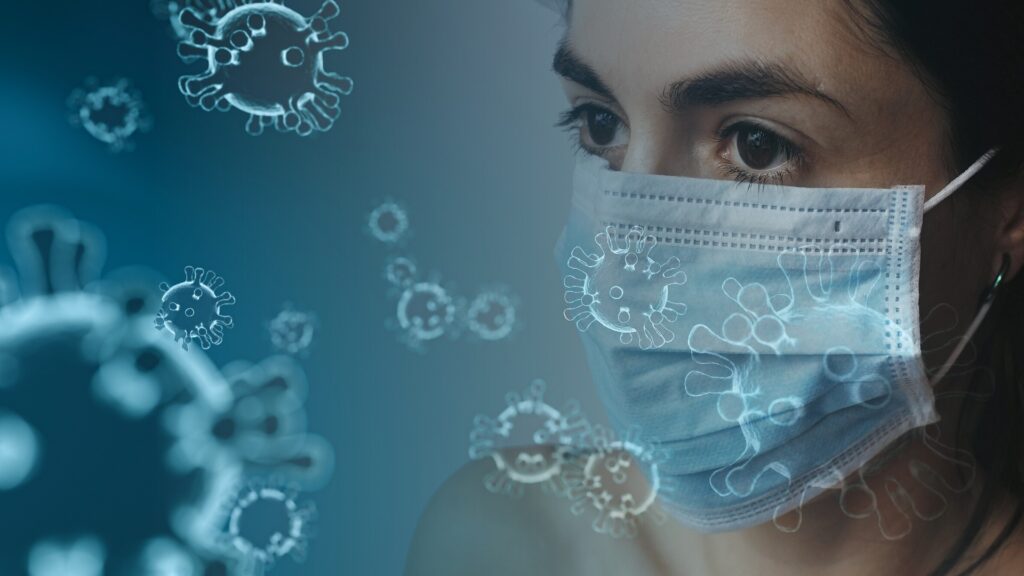COVID-19 stands for coronavirus disease and 19 hints the year when the disease was first reported in December 2019 in the Chinese city of Wuhan. COVID-19 is the official name of the disease and the pathogen responsible for the condition is a virus from the corona family. The official name of the virus is severe acute respiratory syndrome coronavirus 2 (SARS-CoV-2). It was previously known as the “2019 novel coronavirus” as the genetic information was unknown during its initial spread.
Viruses and other microbes are named by a scientific community called the International Committee on Taxonomy of Viruses (ICTV) based on their genetic structure following their class/family. On 11th February ICTV named the virus SARS-CoV-2, this new virus was genetically close to the coronavirus that caused the outbreak of SARS in 2003. And on the same day, World Health Organization(WHO) announced COVID-19 as a new disease.
Within a month of its first case in Wuhan, the virus spread to different countries, and seeing the spike in the number of cases, on 30th January 2020 WHO declared the outbreak a public health emergency of international concern and later a pandemic on 11th March 2020.
 Nurse on COVID-19 duty
Nurse on COVID-19 duty
How COVID-19 started:
On 19th December 2019, a strange disease was reported in the Chinese city of Wuhan. Local Chinese doctors were worried as there was a drastic increase in the number of pneumonia cases day by day. Doctors began to study the link between the disease and pneumonia patients. They found around 20 infected patients had visited a seafood market in Wuhan a few days ago.
Medical experts and Scientists began to worry this could be a new outbreak of severe acute respiratory syndrome(SARS) that appeared in 2003 causing a critical respiratory infection in human beings.
Dr. Li Wenlianmg of Wuhan was much worried about this new mysterious disease and tried to warn his colleagues and other doctors. The virus was secretly infecting a large number of people and in just one month 201 cases and three deaths were officially reported. People were unaware of the infection because the incubation period of SARS-CoV-2 is two to fourteen days and it takes two to fourteen days for symptoms to appear.
The spread was intense and cases were drastically up so the Chinese Government starts to interfere now. After 20th January the infection rate tripled and the death rate raises to fivefold. This invisible enemy was spreading its network putting millions of people’s life at risk.
The people were infected in mass and the situation was an epidemic of a new unknown disease. Wuhan had a population of 11 million and Chinese authorities had to protect them from the spread and stop the situation from getting more worsened. They decided to completely lockdown the city restricting all kinds of public movements.
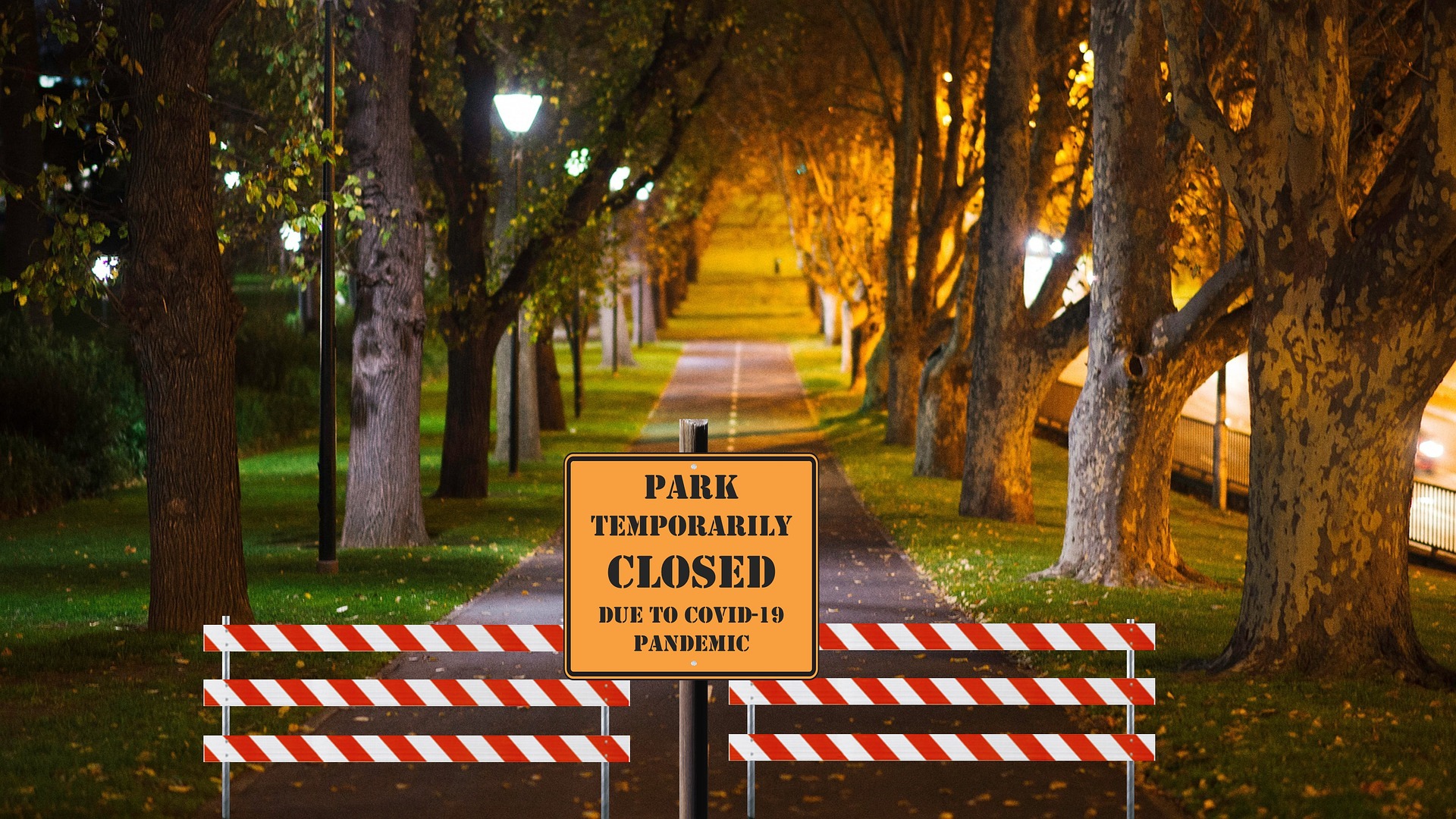 Park closed due to COVID-19 pandemic
Park closed due to COVID-19 pandemic
Lockdown in Wuhan didn’t work:
Since not much data was available about the outbreak and its symptoms, they assumed the infected person with symptoms like fever and cold will only spread the infection. But later it was found to be a serious error. Even some infected people didn’t show the symptoms or took more than seven days for the symptoms to appear. By that time they have transmitted the virus to hundreds of people they had come in close contact with.
More similar cases began reporting in different cities in China, and now it is clear that the strategy of lockdown in Wuhan failed.
In the third week of January, the genetic structure of the virus is identified, clearly a new type of coronavirus family known to cause the common cold and other deadly diseases targeting the respiratory system. Coronavirus was first identified in the 1960 and has got a name based on its structure of spike protein.
Most people might get contact with any form of coronavirus remaining harmless in their lifetime, but this is a virus with a new strain and high infecting ability.
COVID-19 epidemic turns pandemic:
By the end of January 2020, the virus had spread to at least four continents and spread the infection like wildfire. People in many countries were still not serious about the disease and took granted ignoring face masks and social distance protocols.
The World Health Organization(WHO) was worried as more than 1500 cases were reported daily and declared a global health emergency on 30th January 2020. The scientists began to hunt the generic information of the virus at full pace and on 11th February 2020, a team of scientists at the department of pathology in Beijing successfully sequenced the DNA of the virus and found that the virus shared 80% of its genetic makeup with SARS. The disease is named COVID-19 by the International Committee on Taxonomy of Viruses (ICTV).
By mid of March 2020, the entire world was battling COVID-19. International airlines were suspended, and tourism was shut down. All countries started to ban incoming passenger flights.
Scientists all over the world rushed to develop the COVID-19 vaccine once the genome sequence was published.
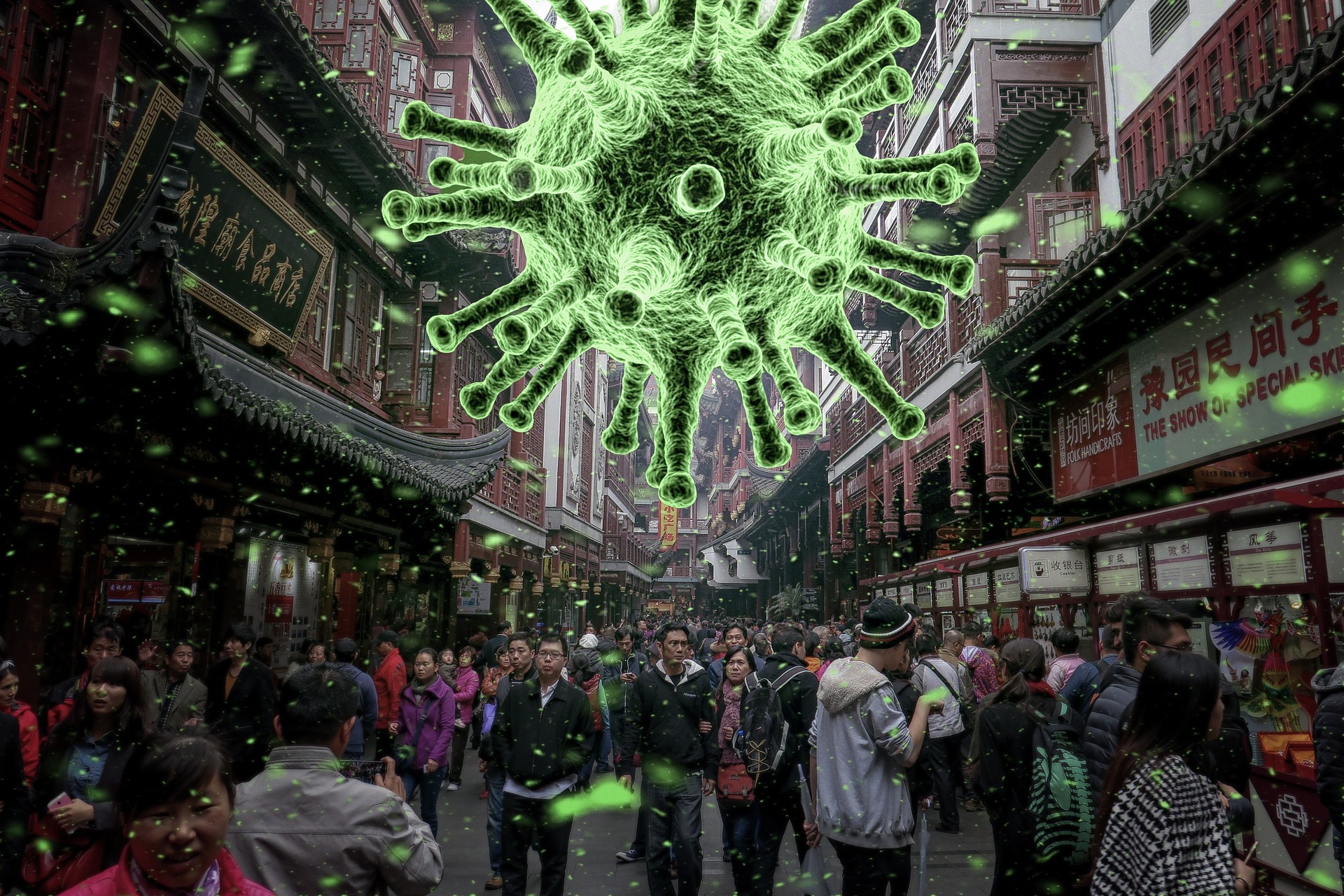 A street
A street
Coronavirus is deadlier than SARS:
Scientists found that COVID-19 is 20 times more deadly than SARS. A vaccine for this infection is unlikely to be available in the next 12-18 months.
More and more mysteries about this disease were discovered day by day as scientists across the world collaborated and shared their research data. The world was connected digitally like never before.
The patient’s record data showed 80% of the infected will show symptoms like high fever, cold, dry cough, throat ache, difficulty in breathing, and joint pains. The severity of the symptom varied from person to person; some people had mild symptoms while some experienced severe ones.
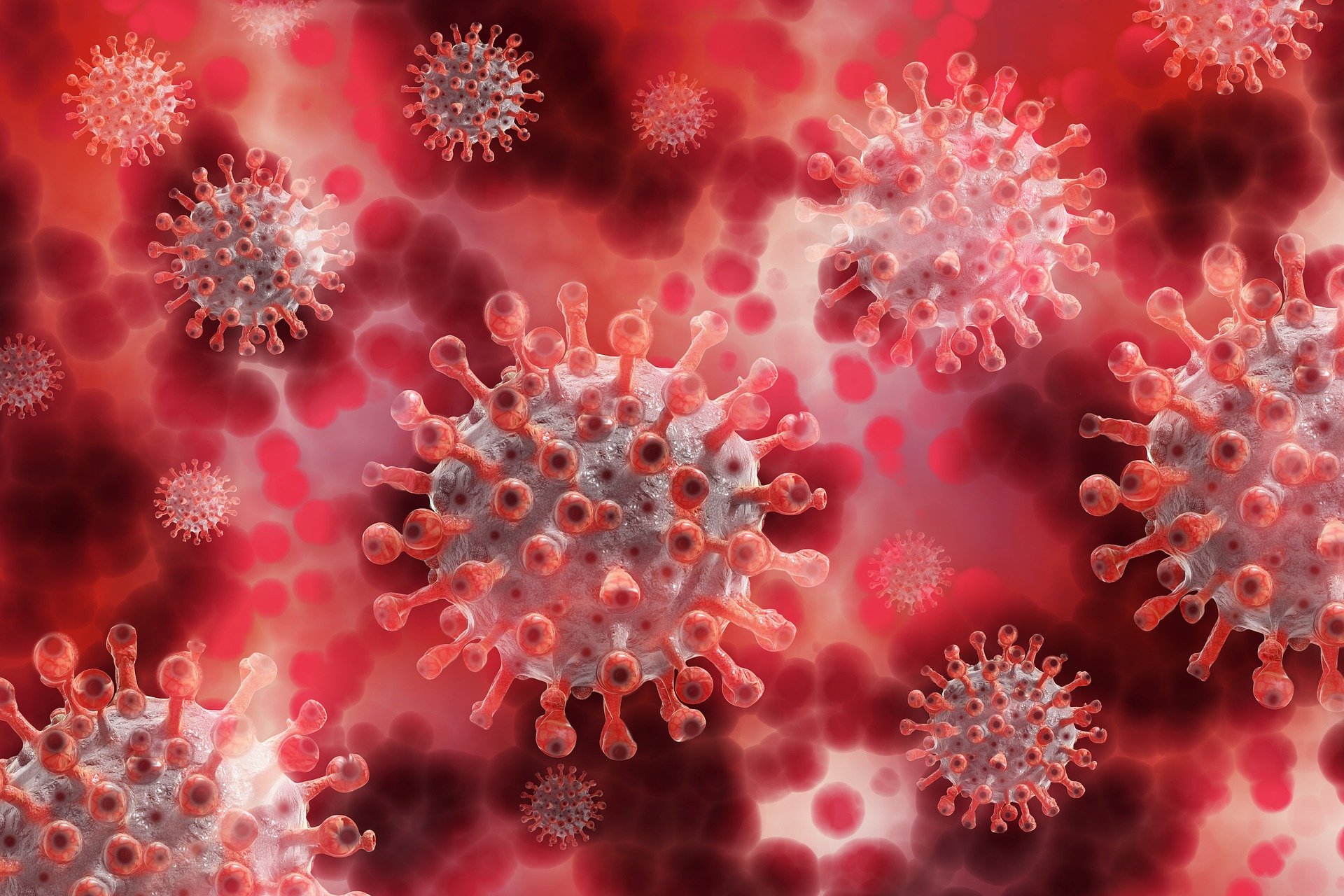 Coronavirus
Coronavirus
How coronavirus infects human beings?
The SARS-CoV-2 virus responsible for COVID-19 attacks the lower respiratory system in humans by infecting cells in the lungs. An infection of any of the lungs causes pneumonia, a condition that makes a person difficult to breathe. This highly lethal respiratory infection puts the person’s life at risk that demands intensive medical care along with ventilator support.
People with underlying health conditions or with organ dysfunction are at high risk as their immune systems cannot counter the new infection. The infected people were either dying due to respiratory collapse, shock, or multiple organ failure.
Research revealed that compounds like alcohol, bleach, and soap can kill coronavirus(SARS-CoV-2). The research also showed that the virus can survive from 24 hours to 48 to 72 hours on steel and plastic surfaces at normal room temperature.
Scientists warned people to stay at home and step outside only when necessary by wearing a face mask and maintaining a social distance of at least six feet radius as close contact less than six feet with symptomatic people may transmit the virus through the air. There were no medicines or vaccines to completely cure COVID-19, treatment was only given to cure the underlying symptoms.
Drugs to treat COVID-19:
There was no vaccine/drugs to treat COVID-19 at that time, and patients were treated for the symptoms. Experts used chain terminator drugs like Remdesivir to stop the virus from replicating but this drug was in shortage, costlier, and far from reach from average people.
Once the virus attaches to the host cell, it starts replicating itself and infects a large group of cells gradually, thus challenging the immune system. Drugs like Remdesivirs are designed to disrupt the growth of viruses at the molecular level thus breaking the replication process and allowing the immune system to prepare for the defense.
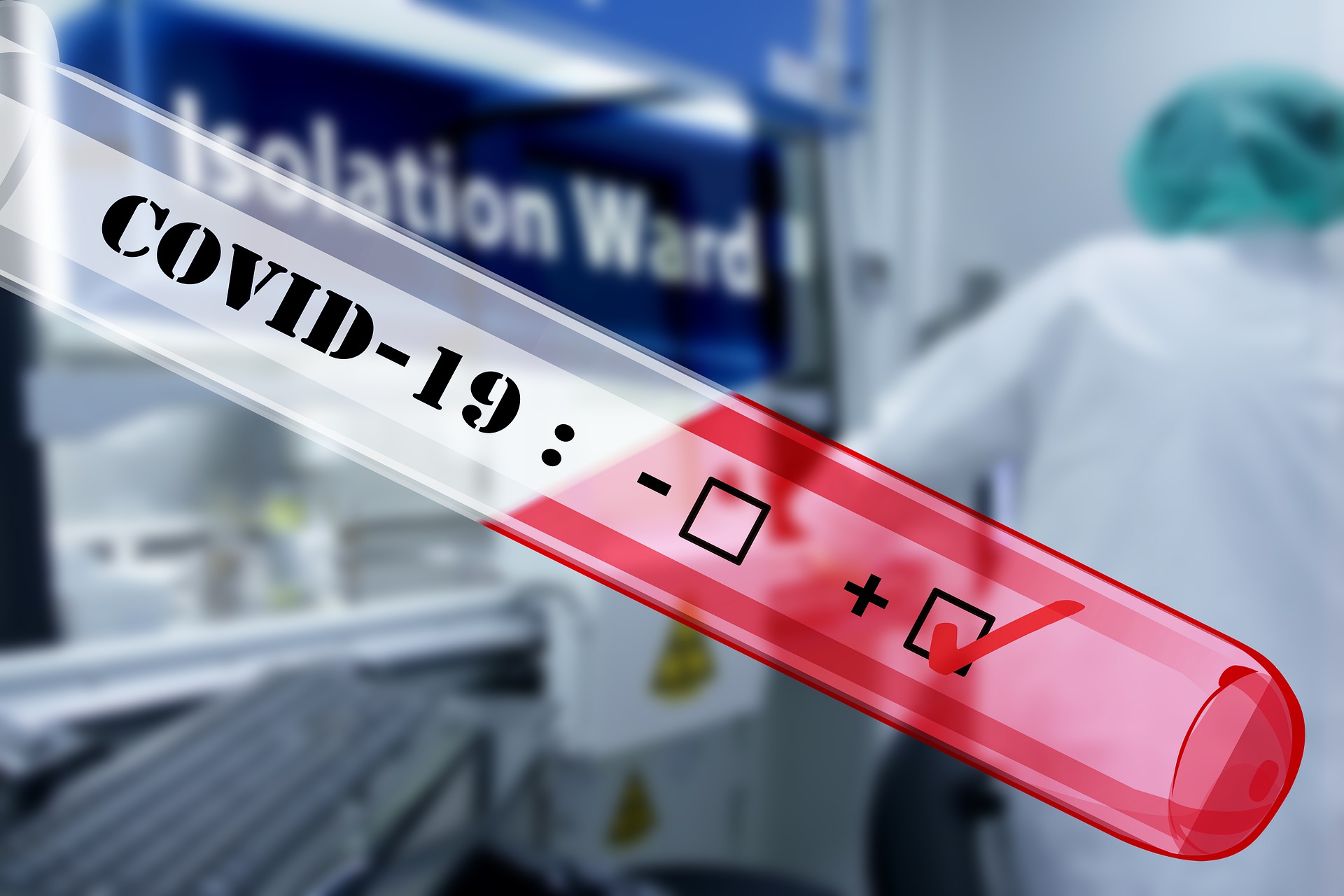 COVID-19 antigen test
COVID-19 antigen test
COVID-19 first wave in India:
The first COVID-19-positive case in India was reported in January 2020 in Kerala to one of the three medical students who returned from China. The first wave began in March 2020 and lasted till October 2020. The Indian Government announced a complete lockdown from the last week of March till the second week of May 2020 in order to curb the spread of the virus. Although there were thousands of active cases and hundreds of death during these months, the situation was under control but the people’s lives were still at risk.
People who tested positive for COVID-19 were advised for mandatory quarantine for at least 15 days.
COVID-19 second wave in India:
The second wave of COVID-19 in India was brutal, it started in the first week of April 2021 and lasted till the second week of June 2021. Lakhs of people were infected at once and it occurred unexpectedly forcing the Indian government to announce a strict lockdown once again. This time government was not fully prepared and the number of COVID-19 cases was surprising. The medical infrastructure facilities were not enough to treat patients in large numbers.
The hospitals ran short of beds, ventilators, oxygen supply, personal protective equipment (PPE) kits, etc., which led to thousands of people’s deaths. Even health workers scrambled to death due to the infection. The second wave was scary as the virus had mutated into another variant.
COVID-19 third wave in India:
The third wave started at the beginning of January 2022 and lasted end of January 2022. Although a partial lockdown was announced, it wasn’t strict as before. By this time, most people were vaccinated for at least the first dose and had developed resistance to the virus. Experts believed people have developed herd immunity which protected them and the only concern was to protect children from the infection.
People who tested positive for COVID-19 in the third wave were advised for home quarantine rather than hospitalization as the recovery rates were high with less than 5 days of recovery period on average.
How to protect against COVID-19?
- The first step to protect against any virus-infected disease is to take the vaccine. COVID-19 vaccines are available now that have an efficacy of more than 70%, it is recommended to take booster doses too
- Make a habit of wearing a face mask in public places like malls, gatherings, metro stations, airports, etc where people gather from different locations
- Maintain personal hygiene and wash your hand regularly with soap
If you have symptoms like a cold and difficulty breathing consult your physician - Drink warm water and consume immunity booster foods
- Keep your personal space clean and sanitized
- Do not smoke and drink alcohol while you are sick
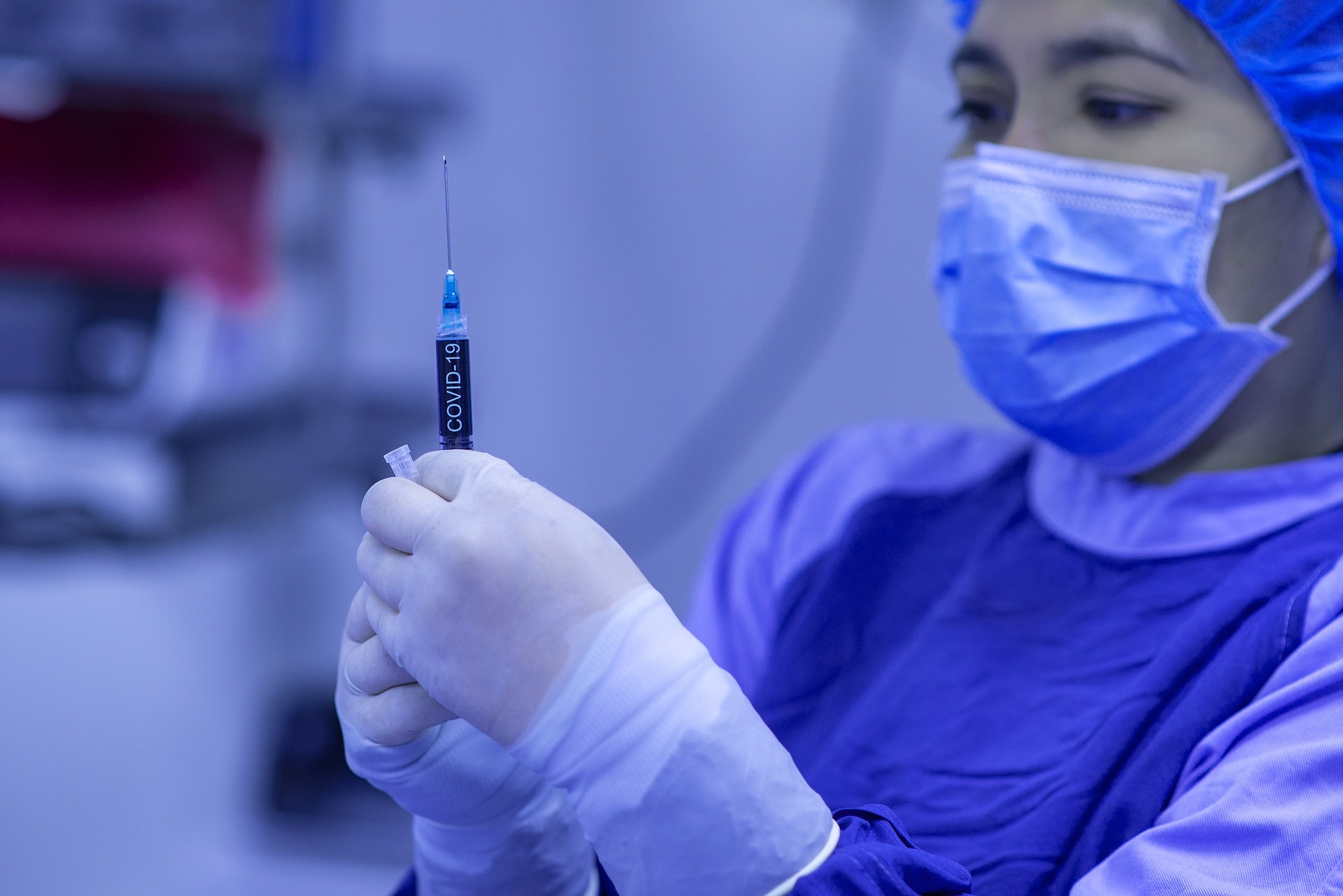 COVID-19 Vaccine
COVID-19 Vaccine
Useful Glossary –
- COVID-19 – Coronavirus disease
- Lockdown – A state in which the movement is completely restricted for precautionary measures
- Epidemic – A widespread infectious disease occurring at a particular place and time(town/city)
- Pandemic – A widespread occurrence of an infectious disease over a large area/state/country
- Outbreak – A sudden occurrence of something unexpected and uncontrolled

